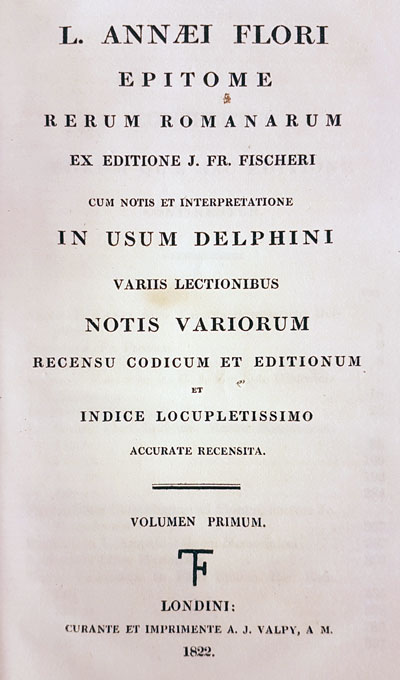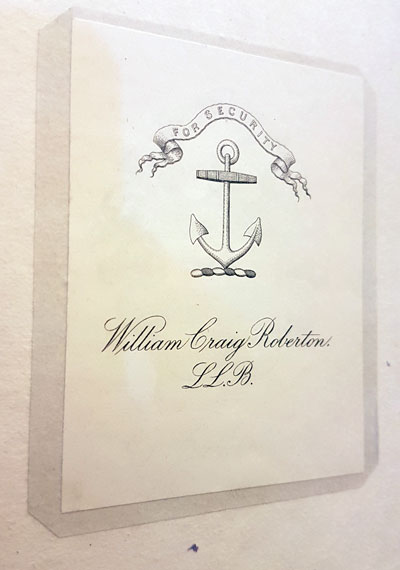About the book and author:
Lucius Annaeus Florus (c. 74 AD – c. 130 AD) was a Roman historian who lived in the time of Trajan and Hadrian. He was born in Africa.
He compiled, chiefly from Livy, a brief sketch of the history of Rome from the foundation of the city to the closing of the temple of Janus by Augustus (25 BC). The work, which is called Epitome de T. Livio Bellorum omnium annorum DCC Libri duo, is written in a bombastic and rhetorical style – a panegyric of the greatness of Rome, the life of which is divided into the periods of infancy, youth and manhood. It is often wrong in geographical and chronological details. In spite of its faults, the book was much used as a handy epitome of Roman history, in the Middle Ages, and survived as a textbook into the nineteenth century.
In the manuscripts, the writer is variously named as Julius Florus, Lucius Anneus Florus, or simply Annaeus Florus. From certain similarities of style, he has been identified as Publius Annius Florus, poet, rhetorician and friend of Hadrian, author of a dialogue on the question of whether Virgil was an orator or poet, of which the introduction has been preserved.
(from wikipedia)
The Epitome is an abridgement of Roman History with special reference to the wars waged by the Roman people from the foundation of the city down to the age of Augustus. In the MSS. it is described as an epitome of Livy, and no doubt owes much to that author, who is sometimes quoted verbatim, but Livy is by no means the only source, and Florus frequently makes statements which are at variance with those of Livy. The works of Sallust and p. ixCaesar were certainly employed by the epitomist, and there are reminiscences of Vergil and Lucan. There is reason to suppose the Histories of the elder Seneca were also used as a source. It is probable that Florus imitated the division of the history of Rome into four ages — infancy, youth, manhood and old age — from this writer, who, according to Lactantius (Inst. Div. VII.15.4), employed this division.
The work was deliberately planned as a panegyric of the Roman people, and interprets events, wherever it is possible, in a sense favourable to the Romans. The author is strikingly free of any political bias, except that in the Civil War he appears to side with Julius Caesar rather than with Pompeius.
The Bamberg MS. adopts a division, which has been followed by most editors, into two books, the first dealing with the growth and establishment of the empire, and the second with its decline, the Gracchan age forming the line of division.
Though not ineffective as giving a general sketch of Roman History, the work is inaccurate in detail and full of inconsistencies and errors both chronological and geographical. The author possesses a certain literary gift, often, however, marred by a strong tendency to rhetoric, which, though occasionally felicitous, more frequently shows itself in fantastic exaggeration and empty bombast. The author’s love of brevity too often leads to obscurity, and the constant insertion of exclamatory remarks and the poverty of vocabulary are irritating characteristics.
The Epitome once enjoyed — perhaps owing to its rhetorical character — a considerable popularity and was widely used as a school-book as late as the end of the seventeenth century.
(from the University of Chicago website. More here.)




